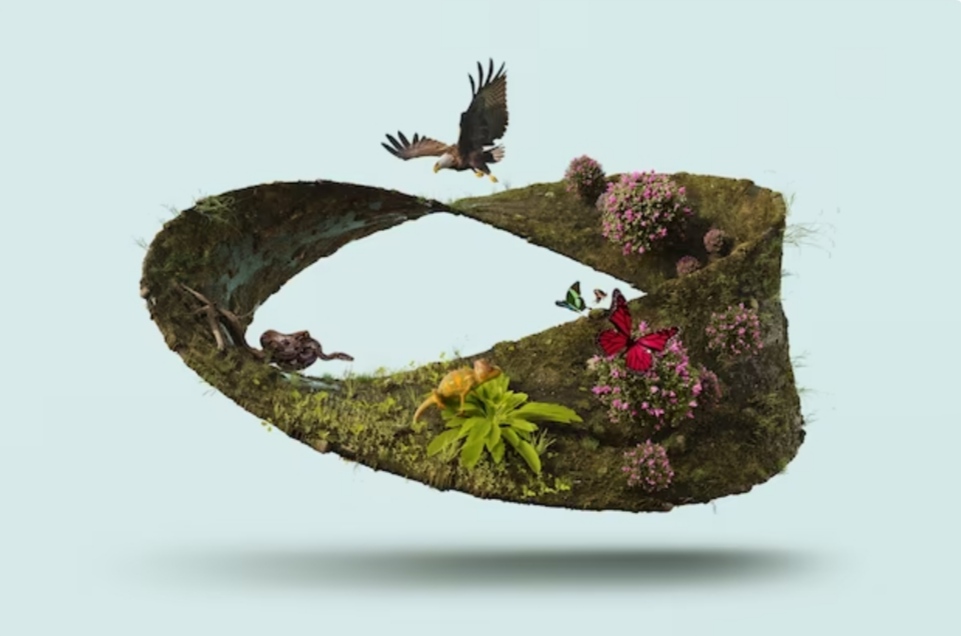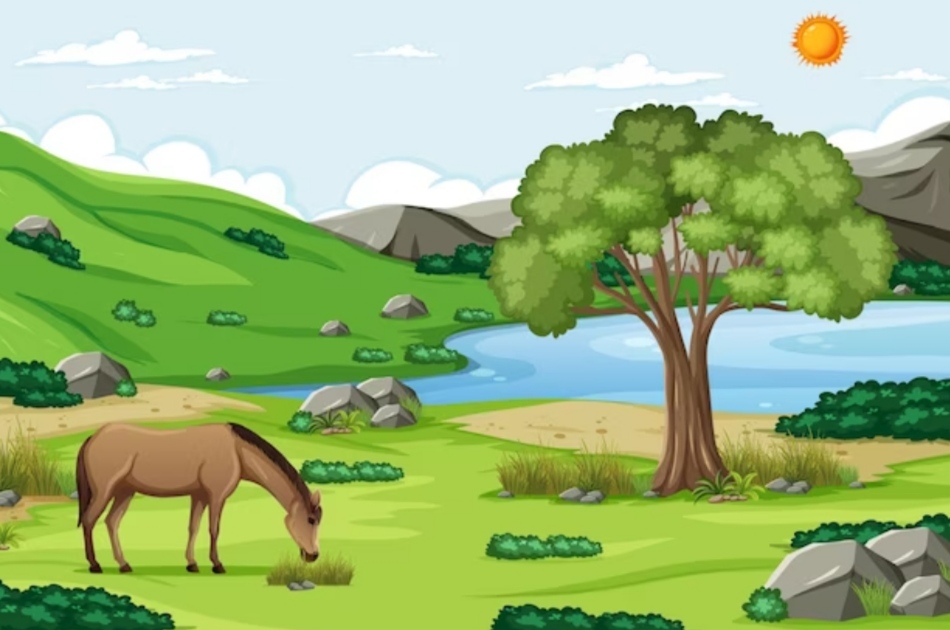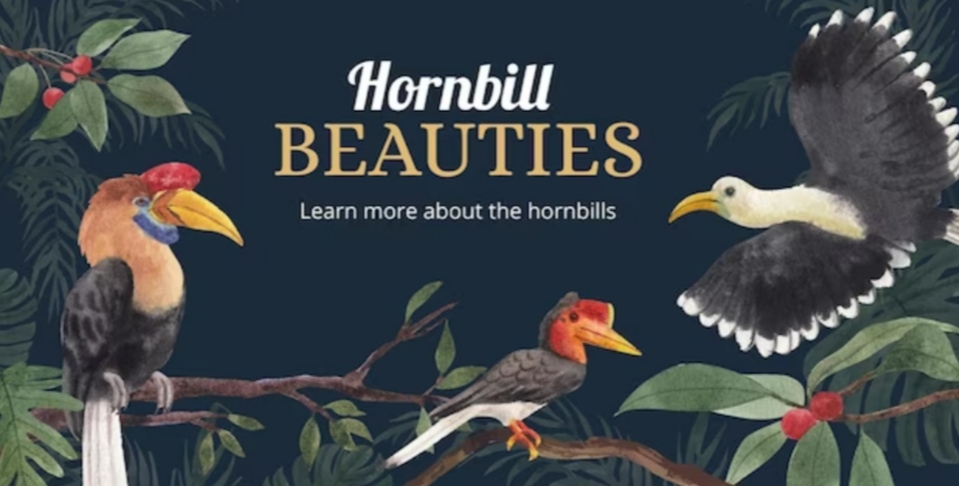
Table of Contents
Introduction
Bartolomé Island in the Galápagos Islands, Ecuador, situated some 620 miles off the coast of Ecuador, offer a sanctuary of natural beauty and fascinating biodiversity. Designated as both a UNESCO World Heritage site and a biosphere reserve, this volcanic archipelago serves as a living museum and showcase for evolution. In this article, we will explore the unique ecosystem of the islands, the iconic species that call it home, and the conservation efforts in place to protect this natural wonder.
The Unique Ecosystem Bartolomé Island in the Galápagos Islands, Ecuador
These islands emerged from underwater volcanic eruptions millions of years ago, leading to an isolated environment with unique flora and fauna. With habitats ranging from lush highlands to arid lowlands, the Galápagos boast an astounding array of life forms, each adapted to the specific demands of their surroundings.
Iconic Species

Galápagos Tortoise
The Galápagos Tortoise is perhaps the most famous resident of the archipelago, symbolizing the essence of Galápagos wildlife. They can live up to 150 years and weigh as much as 500 pounds. This slow-moving giant primarily feeds on vegetation and enjoys basking in the sun.
Blue-Footed Booby
These birds, known for their striking blue feet, are natural-born performers. Their courtship dances are an unforgettable sight, and their diving abilities are truly extraordinary. They plunge from heights up to 80 feet, hitting the water at speeds up to 60 miles per hour to catch their prey.
Marine Iguanas
Marine iguanas are another highlight of the Galápagos wildlife. Unique to the islands, they are the only sea-going lizard in the world. These iguanas have developed special glands to expel excess salt, which is a byproduct of their algae-based diet.
Conservation Efforts
The Galápagos Islands are rigorously protected to preserve their unique biodiversity. Strict laws regulate tourism, fishing, and other human activities. Moreover, several NGOs and local organizations work tirelessly to support conservation through education, research, and direct action.
Best Time to Visit
The islands are a year-round destination, but depending on what you want to see, some times may be better than others. The warm season from December to May is ideal for snorkeling and enjoying the beaches. The cooler months from June to November offer the best visibility for scuba diving and are also the mating season for many iconic species.
Conclusion
The Galápagos Islands offer an unparalleled opportunity to observe and study wildlife in a pristine and unique environment. Each island has its distinct character and range of species, making for an endlessly fascinating experience for travelers, naturalists, and scientists alike. As we move forward, conservation remains a priority to ensure that the islands continue to inspire awe and curiosity for generations to come.
I hope you find this article both informative and engaging. The Galápagos Islands are indeed a wonder of natural diversity and beauty, offering a unique lens through which to view our planet’s evolutionary journey.
1. Introduction
The Galápagos Islands, located about 620 miles from the coast of Ecuador, are a haven for some of the world’s most unique and fascinating wildlife. Declared a UNESCO World Heritage Site in 1978, these islands offer travelers an up-close and personal experience with nature that is largely unchanged since Charles Darwin’s exploration in the 1830s. This article aims to introduce you to the breathtaking diversity of wildlife encounters you can experience in the Galápagos.
2. The Unique Ecosystem

The isolation of the Galápagos Islands has led to the evolution of unique flora and fauna that are not found anywhere else on Earth. A blend of ocean currents, volcanic activity, and the equatorial location contribute to a one-of-a-kind ecosystem that has drawn scientists, naturalists, and curious tourists for years.
3. Land Animals

Giant Tortoises
One of the flagship species of the Galápagos, the giant tortoises are a must-see. These slow-moving, herbivorous reptiles can weigh up to 919 pounds and live more than 100 years. Visitors often encounter them munching on grass or slowly meandering across the islands’ landscapes.
Land Iguanas
These colorful reptiles can be found basking in the sun or snacking on cacti. They come in various colors ranging from yellow to rust and are usually quite tolerant of human presence, offering plenty of photographic opportunities.
4. Marine Life
Galápagos Penguins
Being the only penguins found north of the equator, Galápagos Penguins offer a unique encounter. They are agile swimmers and can often be spotted during snorkeling or diving trips.
Hammerhead Sharks
If you’re an avid diver, the sight of schools of Scalloped Hammerhead Sharks is something you’ll never forget. These sharks are known for their unusual head shape and are often found in the deeper waters around the islands.
5. Bird Species

Blue-footed Boobies
Known for their bright blue feet, Blue-footed Boobies are one of the most iconic bird species in the Galápagos. They perform elaborate dances during the mating season and are excellent divers.
Frigatebirds
These large, dark birds are known for their remarkable ability to soar for hours on wind currents. The males display a striking red gular pouch, which they inflate like a balloon to attract females.
6. Responsible Tourism
Tourism has both positive and negative impacts on the fragile Galápagos ecosystem. It’s essential to adhere to park guidelines and practice responsible tourism. Always keep a safe distance from wildlife, don’t feed the animals, and stay on marked paths.
7. Conclusion
The Galápagos Islands offer an unrivaled opportunity to interact with a unique and incredibly diverse range of wildlife. From the iconic giant tortoises and colorful land iguanas to the enchanting Galápagos penguins and majestic hammerhead sharks, the islands are a living museum that captivates the imagination of everyone who visits. Through responsible tourism, we can ensure that this precious ecosystem remains unspoiled for future generations to appreciate.

